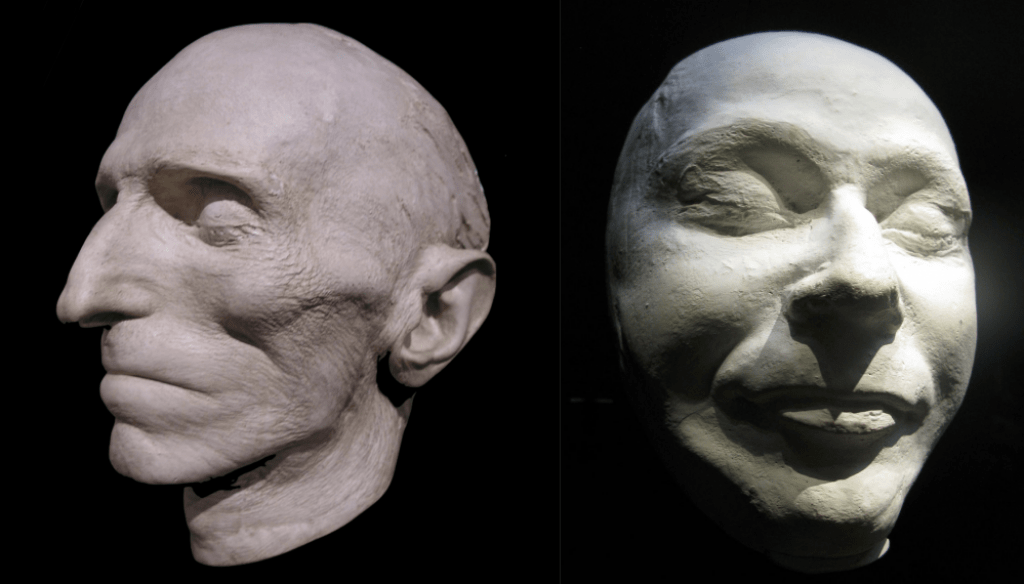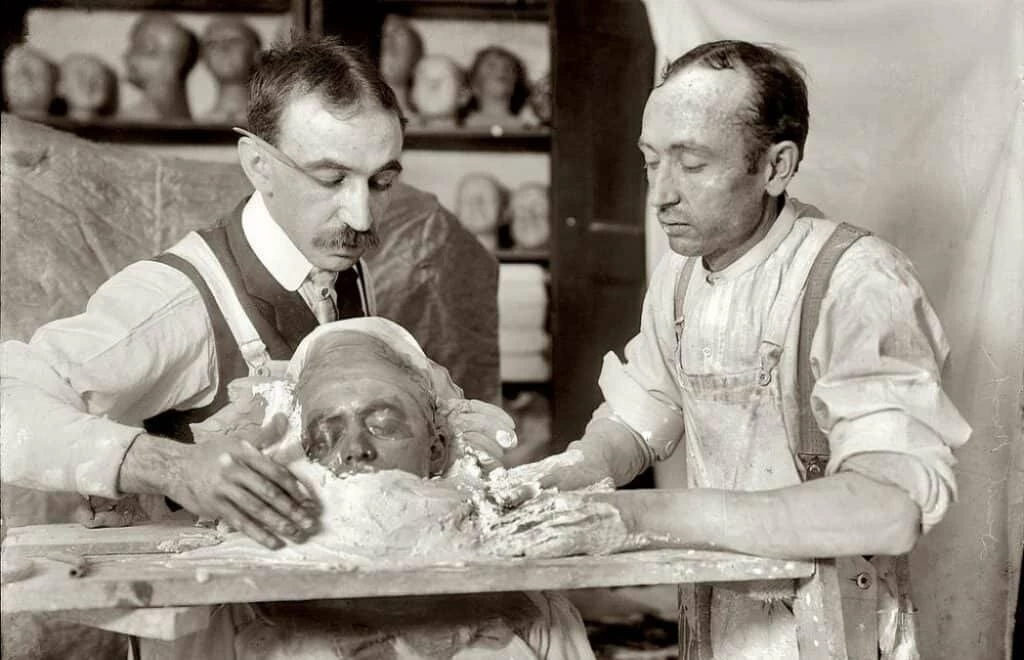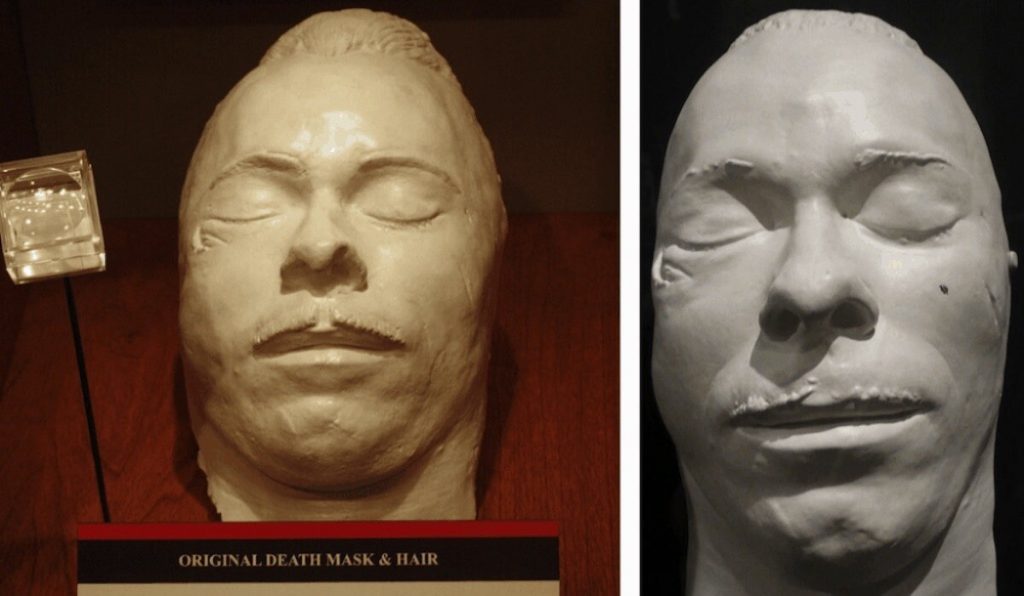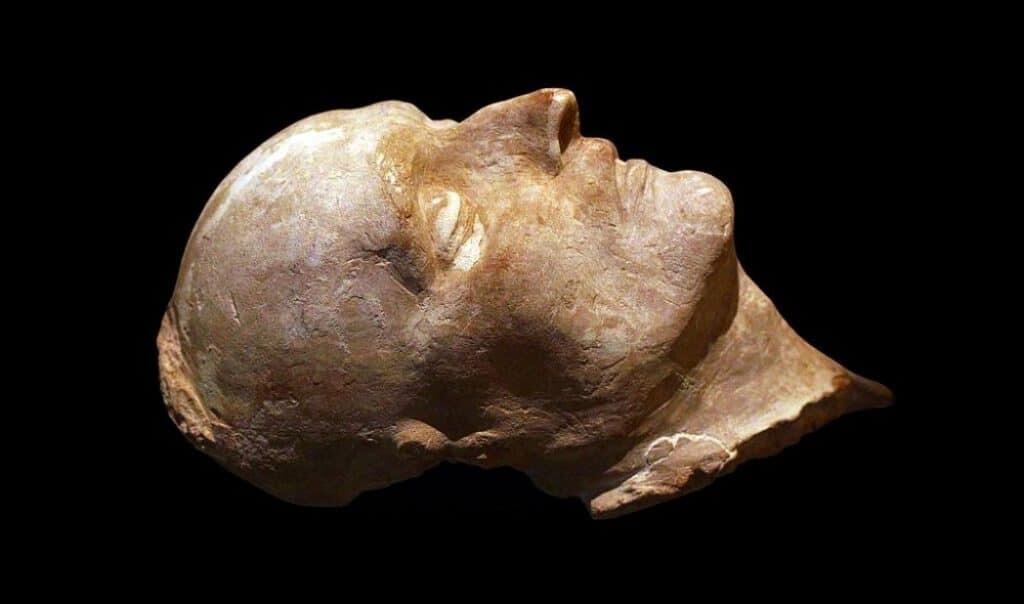A 3D Remembrance
Since the beginning of time, human beings have gone to great lengths to memorialize their dead. The ancient Greeks erected elaborate monuments. The Victorians made wreaths from the hair of the dead after taking post mortem photos. This served as reminders of life lost. No matter the time and place in which a death occurred, someone undoubtedly did something to preserve the memory of their beloved. The following goes on to discuss one such tradition – post mortem death masks.

Why Do People Make Masks of the Dead?
Egyptians and Africans first made these masks as a spiritual ritual. It wasn’t until the Middle Ages that the masks came to be memorials of the dead. A true representation capturing the image of those who have passed, death masks are wax, plaster, or clay casts taken of the face of an individual directly after his passing. Because of the extreme accuracy, painters and sculptors use masks as references from which they would create portraits or statues. Before the invention of photography, law enforcement also used these masks to record features of unidentified bodies in hopes of identifying them.
Related: Post-Mortem Photography: Victorian Culture of Immortalizing the Dead
How to Make a Death Mask
Death masks needed to be made within a few hours after death so that the bloating of the body did not compromise the accuracy of the mask. First, in the process of making the cast, they would grease the face and facial hair to keep the body intact and make for easy removal. Second, the physician would cover the face in two layers of plaster bandages. The first layer would cast the details of the face and the additional layer would strengthen the cast. Then, the plaster would need about an hour to set. After removal of the plaster, the cast was sometimes filled with wax or metal to create a three-dimensional representation.

Other Noteworthy Masks
The face of one famous individual, the notorious 1930’s gangster John Dillinger, became a mask in this way after his death in 1934. Due to his popularity and the large crowds of people in the morgue, at least two groups of medical students created these casts without authorization. Every detail of his death showed in his mask. You could even see the gunshot wound and the scrapes created when he hit the pavement as well as unprofessional plastic surgery scars.

Another famous person in history forever memorialized through this ritual was Napoleon Bonaparte. His mask, created after his death in 1821, is shrouded in controversy. Madame Bertrand supposedly stole his mask and then, subsequently, reproductions surfaced. The first mask was only one of three thought to be created.

Death masks are not common in today’s society. However, humans still extend great effort in preserving the memory of the dead with gravestones and ritual commemoration. Although they are generally a thing of the past, ritual remembrance of the deceased will surely endure. This act of memorialization of dead ones appears to be unique to humans and represents the depth at which we assign meaning to death. For, ironically, what gives surviving loved ones the most comfort after death is not the ability to forget, but the need to remember.
Sources:
Biography
Listverse
HowStuffWorks